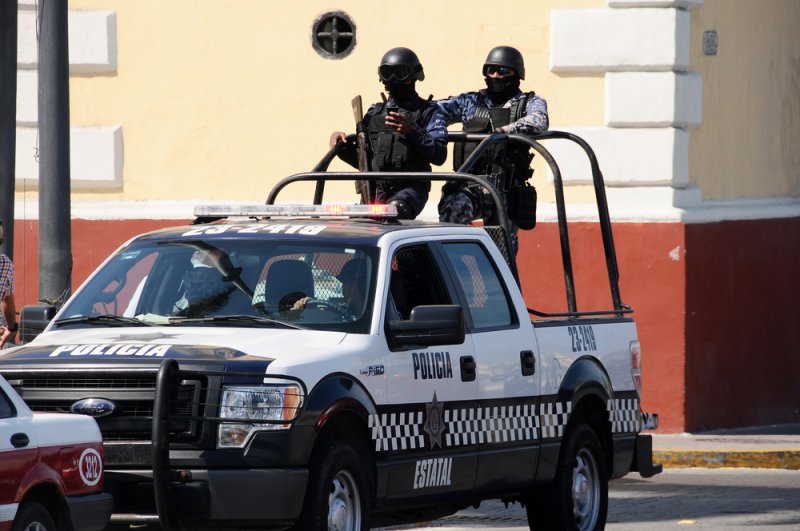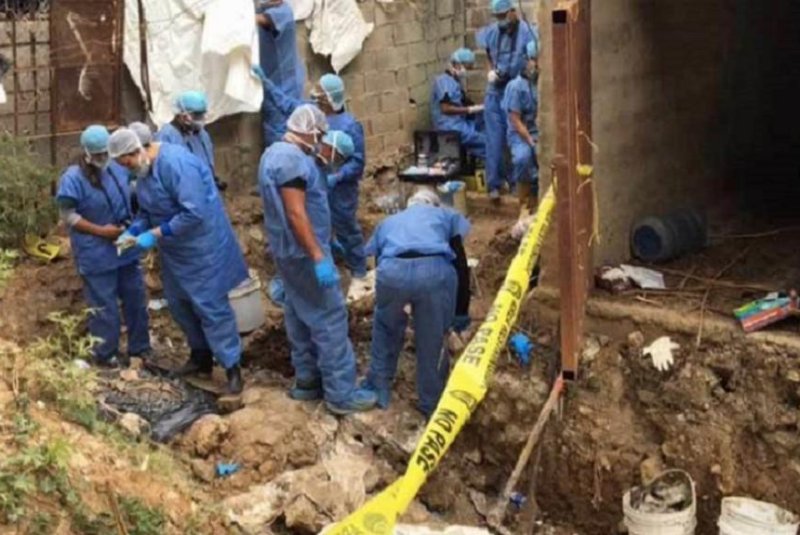Disir
Platinum Member
- Sep 30, 2011
- 28,003
- 9,610
- 910
Flowers, candles, and photographs sit outside the entrance to the Government Palace in the Mexican city of Xalapa, Veracruz. Most passers-by only pause to glance at the mementos before moving on. Such makeshift shrines to victims of Mexico's violence have become commonplace in many parts of the country.
The memorial was placed in honor of local photojournalist Rubén Espinosa and political activist Nadia Vera, slain at a Mexico City apartment along with three companions on July 31. Yet it also represents the loss of countless other lives in this picturesque university town that has become infamous for its climate of impunity.
"For a long time, I thought these things only happened in other countries," one journalist who knew Vera and Espinosa told VICE News at a café in the heart of Xalapa's colonial center. He requested anonymity due to security concerns. "Elsewhere in Latin America, maybe. But when you see your friends and colleagues dying, you begin to feel very differently."
How Veracruz Became the Most Dangerous State in Mexico for Journalists VICE News
It's looking like the governor.
The memorial was placed in honor of local photojournalist Rubén Espinosa and political activist Nadia Vera, slain at a Mexico City apartment along with three companions on July 31. Yet it also represents the loss of countless other lives in this picturesque university town that has become infamous for its climate of impunity.
"For a long time, I thought these things only happened in other countries," one journalist who knew Vera and Espinosa told VICE News at a café in the heart of Xalapa's colonial center. He requested anonymity due to security concerns. "Elsewhere in Latin America, maybe. But when you see your friends and colleagues dying, you begin to feel very differently."
How Veracruz Became the Most Dangerous State in Mexico for Journalists VICE News
It's looking like the governor.


